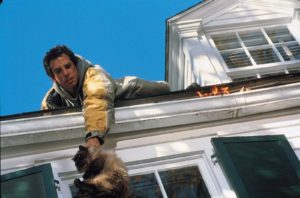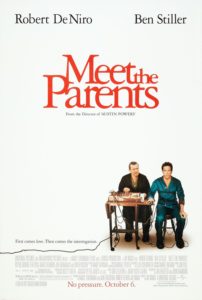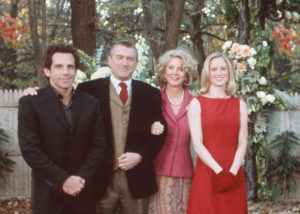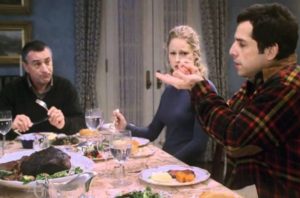According to the textbook, “Editing is the selection and arrangement of shots and sounds” (Monoham and Barsam 282). The book list discontinuity editing alongside continuity editing. Discontinuity editing, “which emphasizes dynamic often discontinuous relationships between shots, including contrasts in movement, camera angle and shot type (Barsam 300). For example, documentary editing is used by Director Amanda Lipitz and editor Penelope frank used various documentary footage to develop the movie Step. By using themes of injustice and resilience they were able to intercut shots from more than 400 hours of footage to make the movie. A great youtube video of explaining editing in a short, animated video to keep the viewer engaged and able to retain information.
https://youtu.be/EVl__ioWAPo
In the film Supersize me one sees many clips of close ups and long shots. The film uses continuity editing. One would expect continuity editing to be typical for the film because having simple scenes helps to develop the theme of the movie. Spurlock has many close ups of him eating the McDonalds. There are many long shots of the entire restaurant in which Spurlock is at. Lastly, many close up shots of artistic portrayal of McDonalds. I could not find any information on the editing of the film. Within Editing one uses sound to concrete the theme and add emotion to the scene.
According to the textbook sound is transmitted vibrations received by the ear and thus heard by the recipient (Monoham and Barsam 453). In a documentary sound and music come from the environment in which it helps to create reality of truth. The sound and music is subjective in the film as it creates and environment of McDonald’s. The sound is also conversational as we listen into Spurlock’s test results and when he is ordering food. The music style is instrumental when viewing the artistic portrayal of McDonalds. The music is diegetic because the sound comes from within the world of Spurlock in New York City. The non-diegetic comes from the sound of the editing process. The music is in the background for information being presented to make it more interesting to listen to. There are other cities in which Spurlock visits such as Texas and the sounds come from those environments.
Monahan, Dave, and Richard Barsam. Looking at Movies /: An Introduction to Film. 6th ed., W.W. Norton and Company, 2018.
“What Is FILM EDITING? What Does FILM EDITING Mean? FILM EDITING Meaning, Definition & Explanation.” YouTube, 2 Mar. 2018, youtu.be/EVl__ioWAPo.




